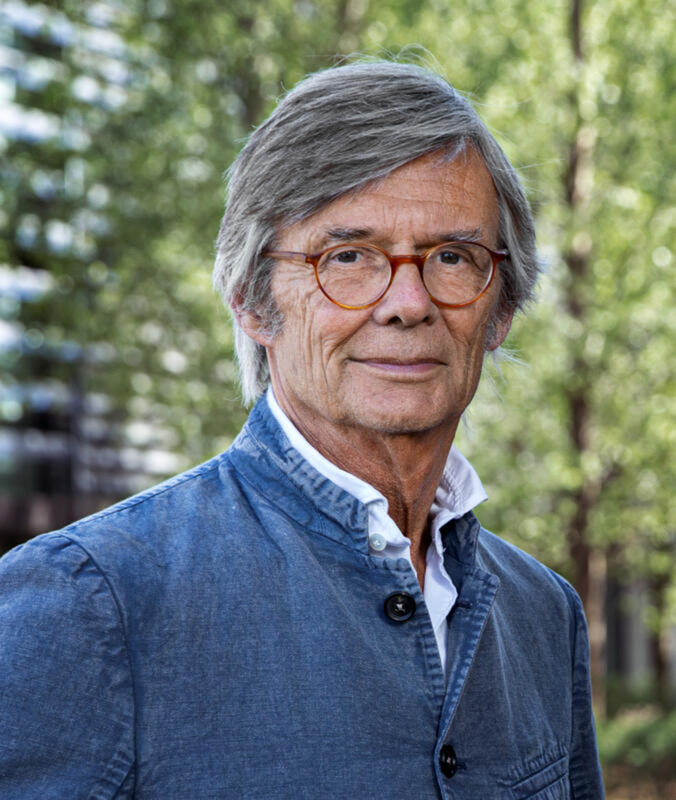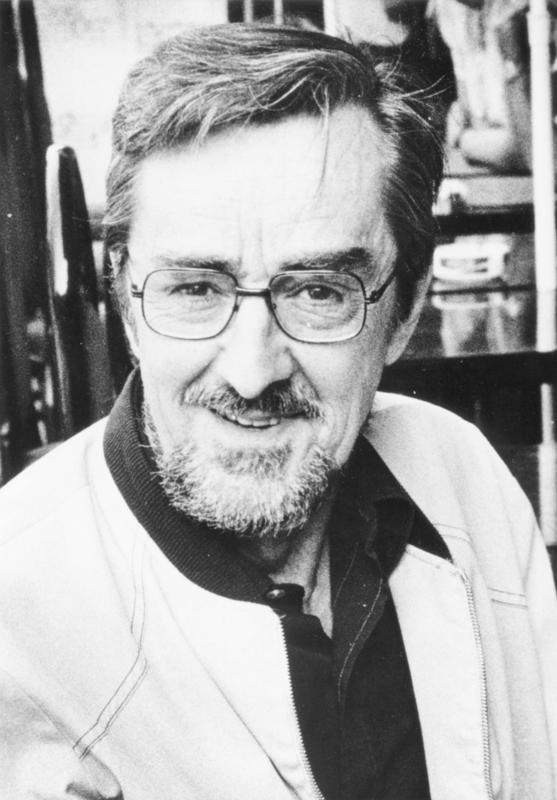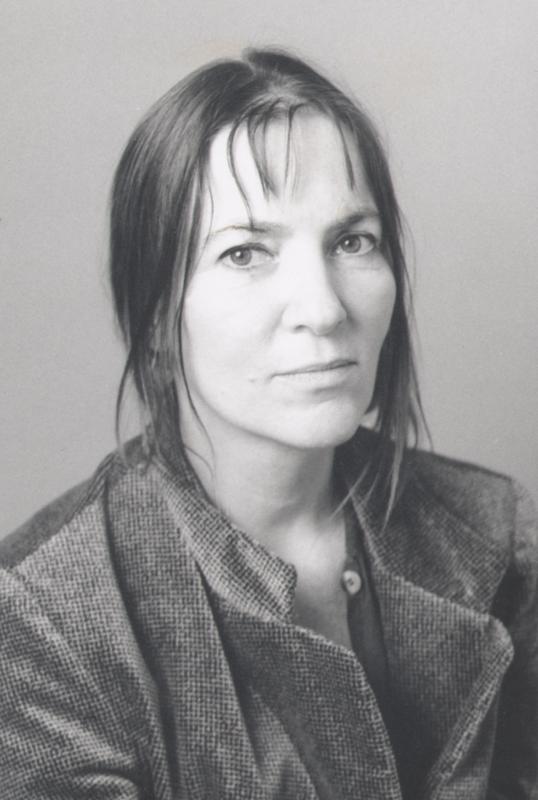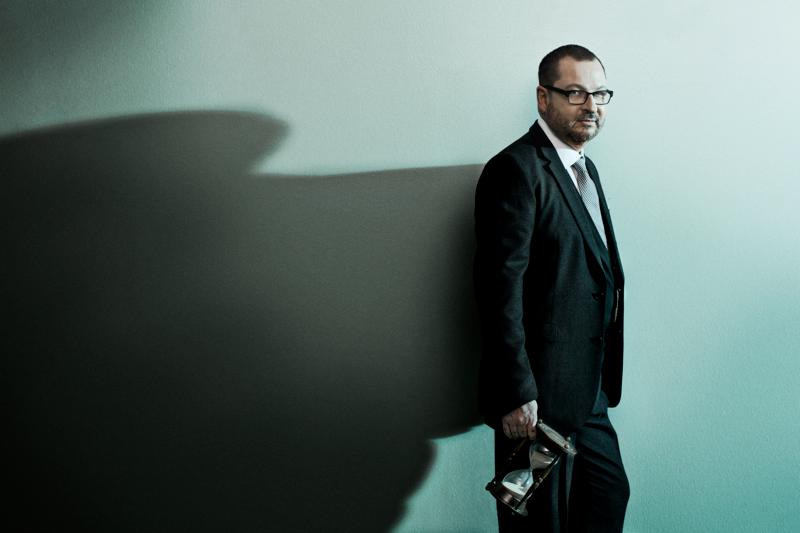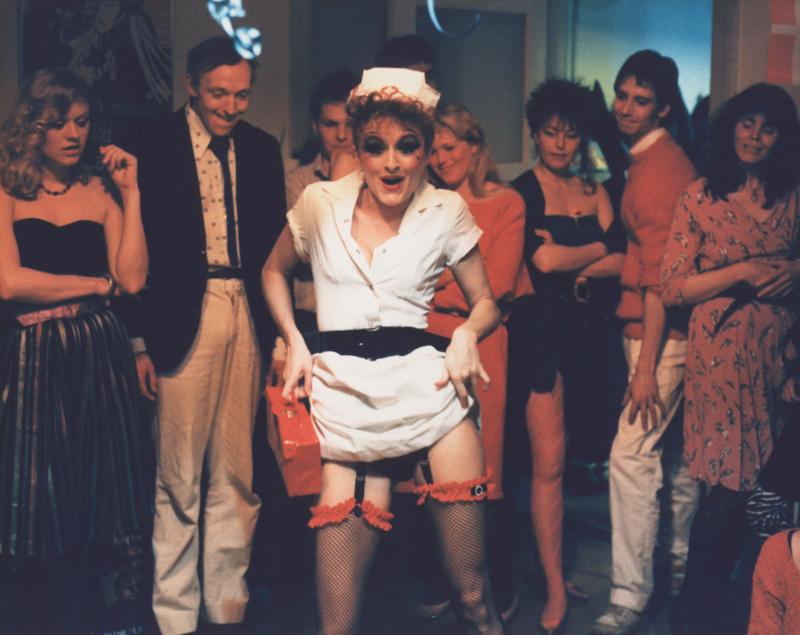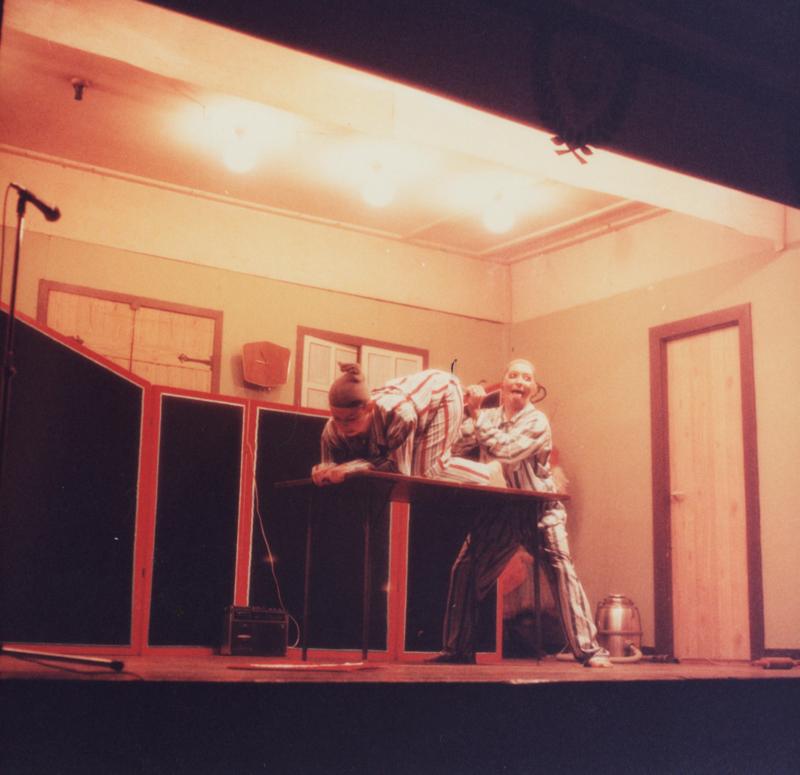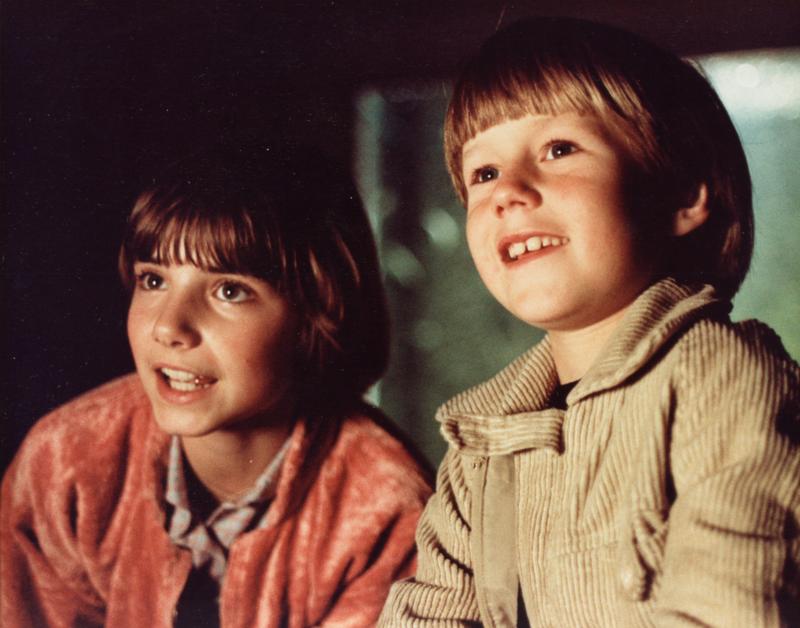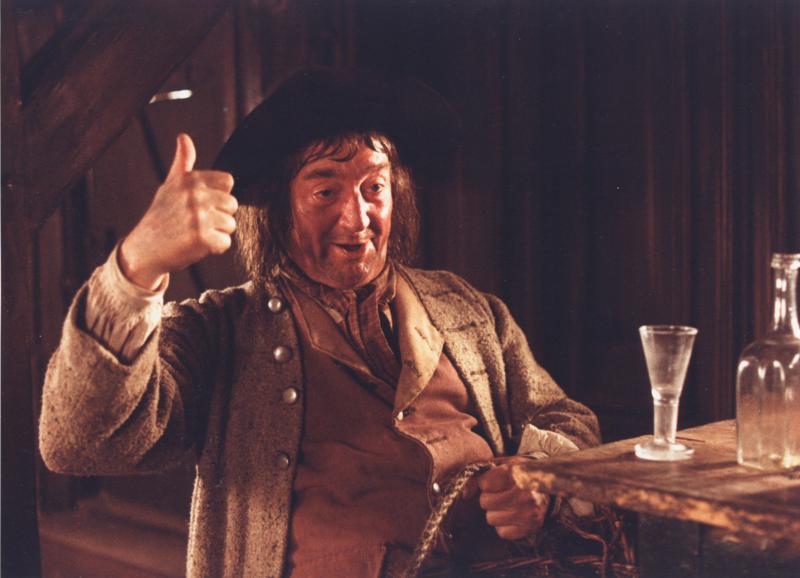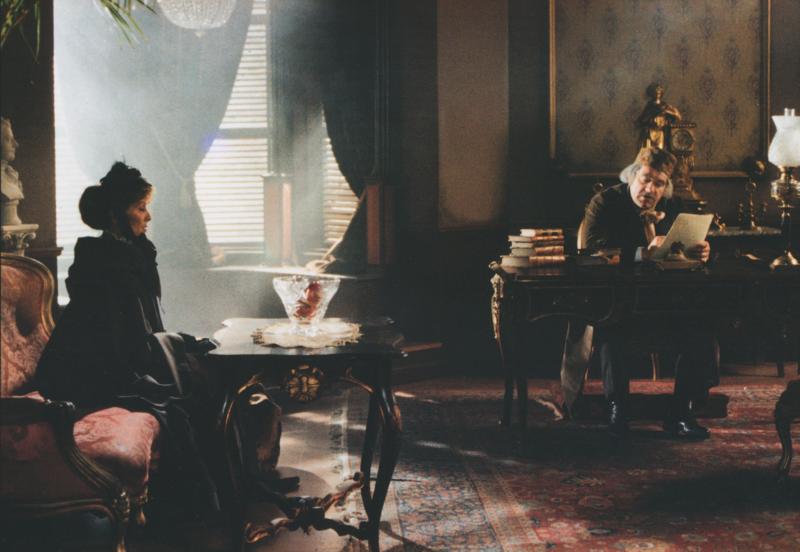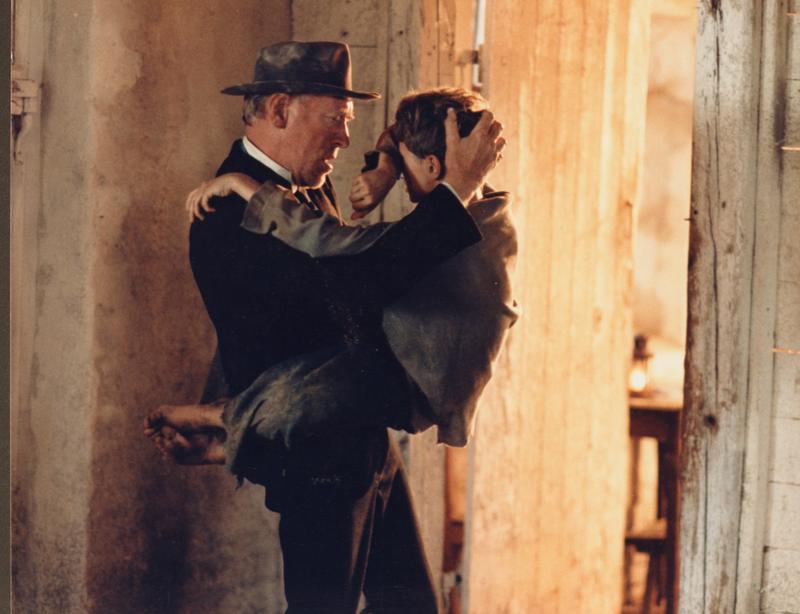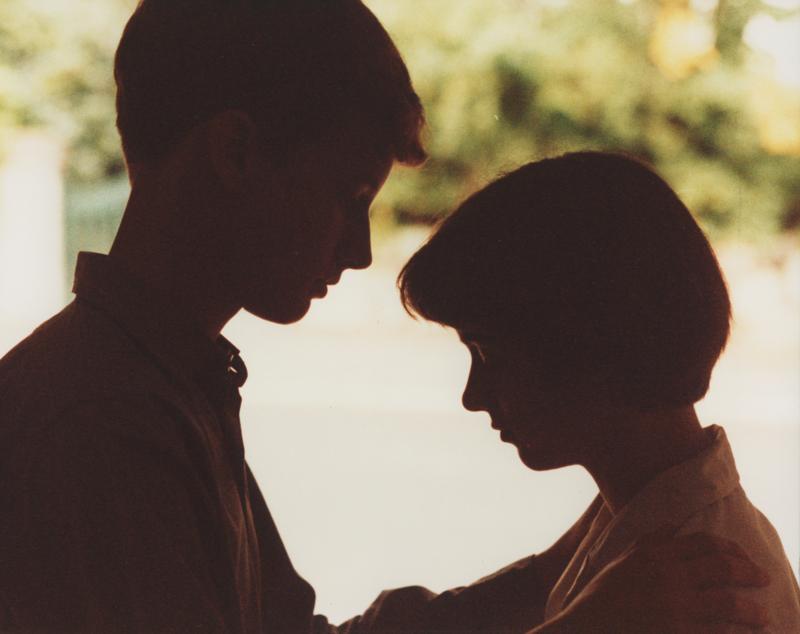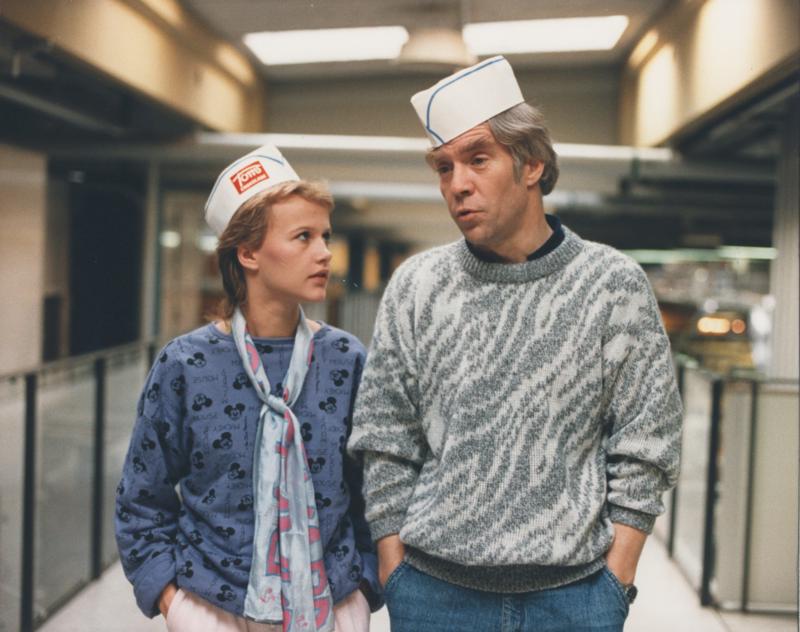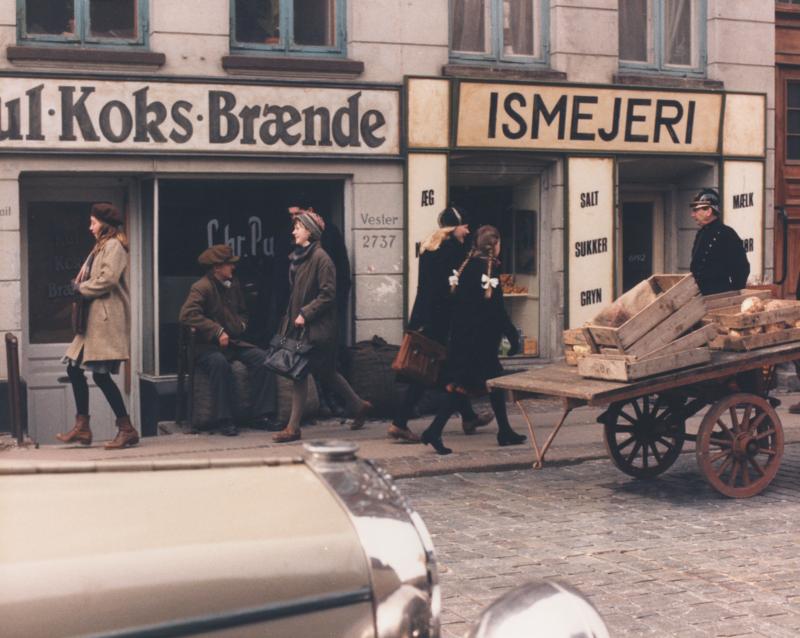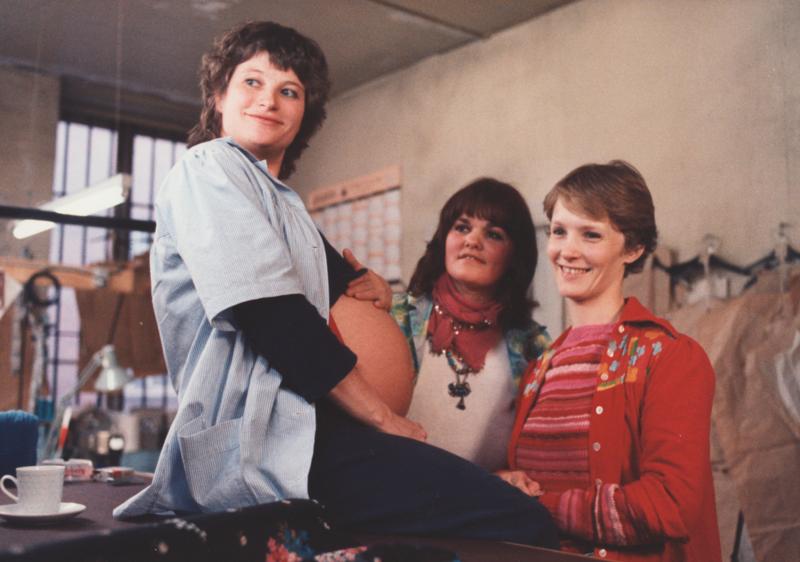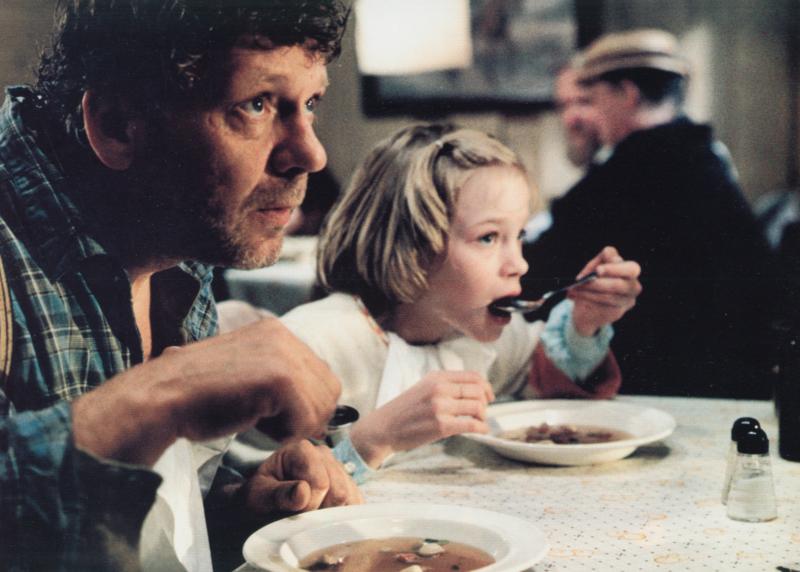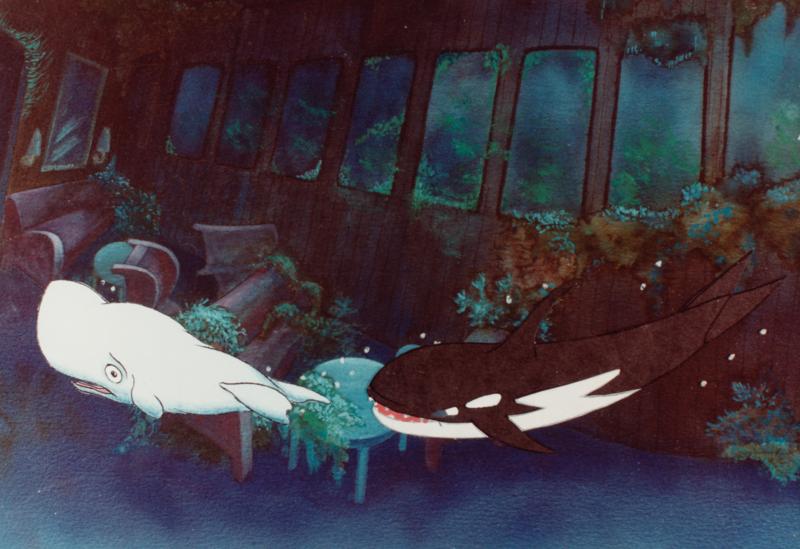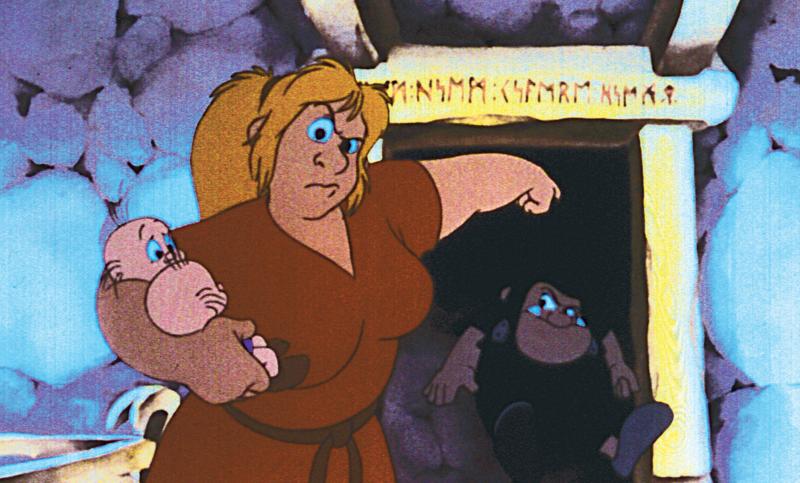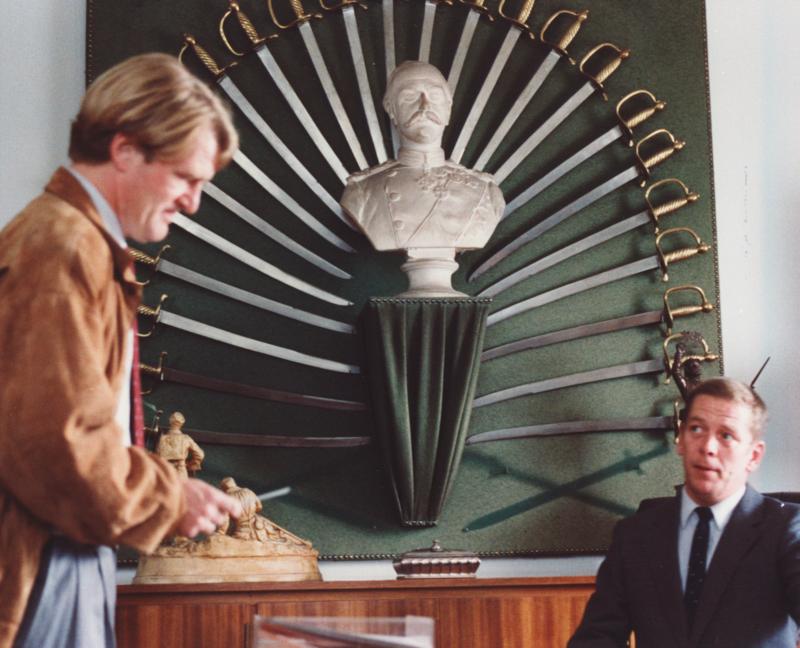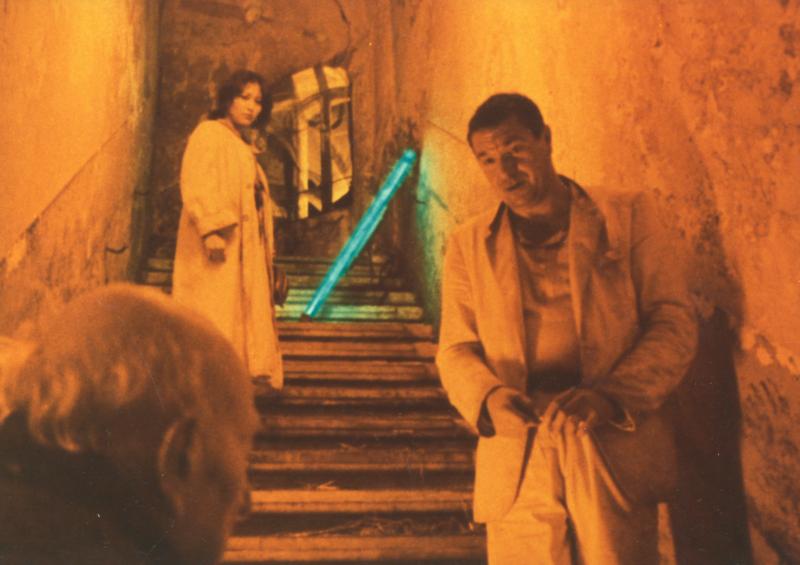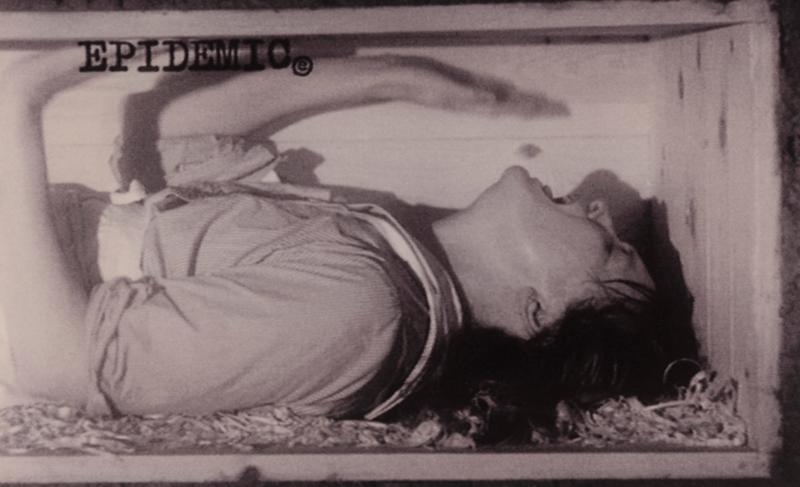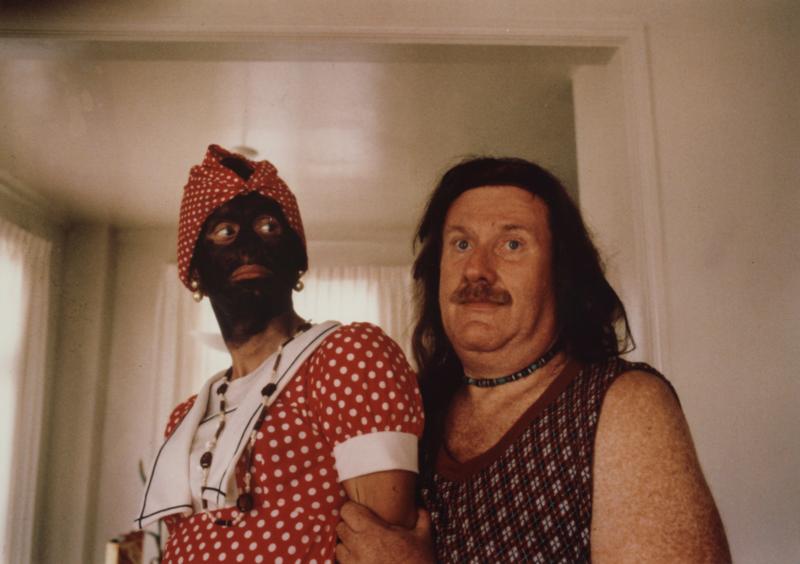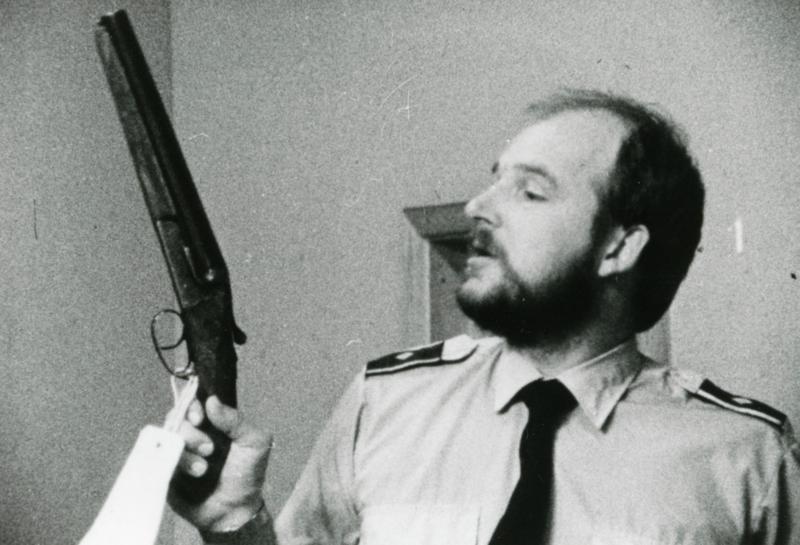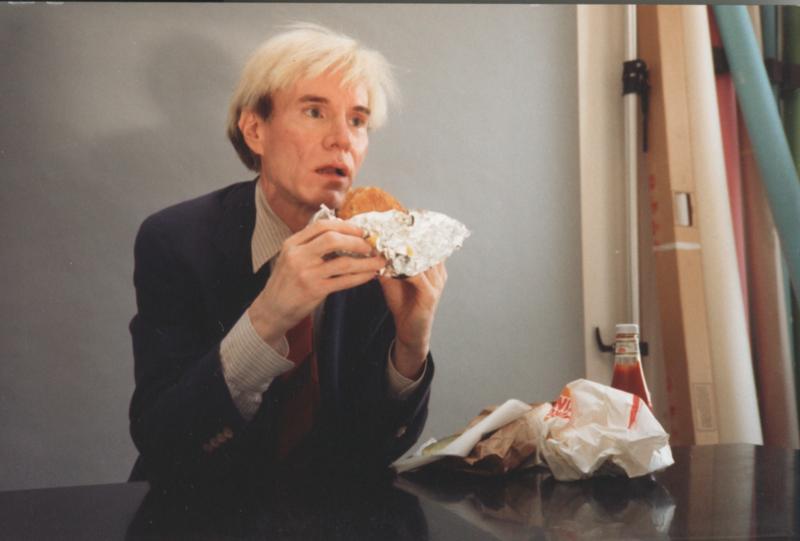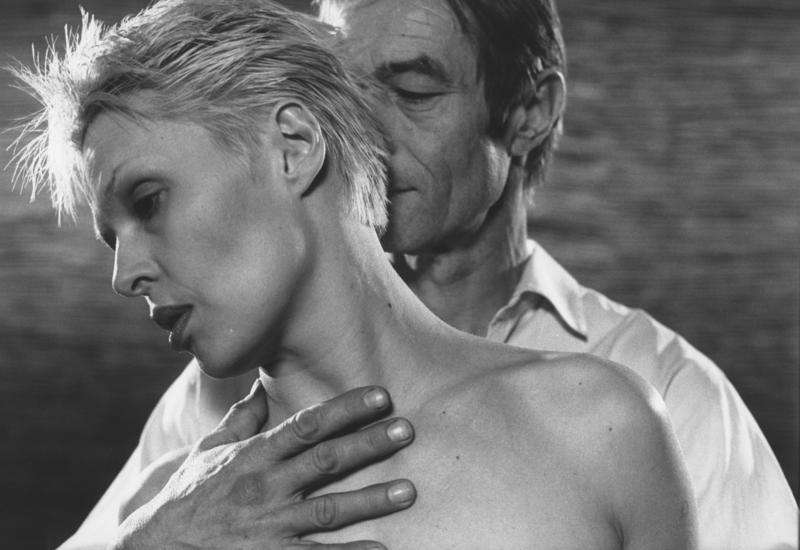The Film Laws of 1982 and 1989
In the 1980s Danish films, twice, succeeded at winning an Oscar in Hollywood (as Best International Film), something that had never happened before. At the same time it was a critical period, where production fell to a dangerously low level. In 1982 only seven Danish feature films were released, which altogether sold fewer than one million tickets.
In recognition of the fact that it was especially Danish films that kept movie theaters afloat, the Film Law of 1982 granted significantly more funds to support films. Also, a clause was introduced that at least 25% of the aid would be spent on children's films and youth films.
In the 70s there had been two main paths in Danish film. There were artistic films, which in essence were state-sponsored, and there were mainstream films, which in essence were privately funded. It turned out however, that over the course of the 80s all Danish films were, more or less, reliant upon government support. With the relatively expensive production costs and a small country's very limited population base, only the very successful films could survive on private initiative.
The Film Law was revised again in 1989. To stimulate mainstream films the so-called 50/50 scheme was established (later: 60/40 scheme). This arrangement supported Danish film projects “that were likely to have reasonable opportunity to attract larger audiences” with 50% financing (though at most 3.5 million Danish crowns) if there was private capital behind the other 50%. Usually 25% of an entire year's worth of financial support would be allocated for this purpose. As such, the film support definitively changed from an artistic backing to a cultural backing.
Popular culture, realism and film adaptations: State cinema in the 80s
In mainstream cinema the comedies about Walter and Carlo were period-typical successes, beginning with Per Holst's Walter and Carlo – Up on Daddy's Hat (1985), which self-ironically played with the conventions of the genre. But the popular film, which had reached a high point with the 'Olsen Gang' series, had a tough time finding renewal. Balling himself made one last movie, the successful comedy In the Middle of the Night (1984) with Kim Larsen and Erik Clausen, a film in which youth revolt and squatters were turned into a folk comedy with songs.
Erik Clausen, with his popular clout as both a self taught director and actor, made films such as The Circus Casablanca (1981) and Rocking Silver (1983), films that jovially engaged on the side of workingmen and circus entertainers. He also tried gloomier themes with the visually experimental The Dark Side of the Moon (1986), about a wife murderer who is released from prison. With Rami and Juliet (1988), about a Danish-Palestinian love affair, he was the first to bring multi-ethnic themes into Danish mainstream cinema.
In the realistic tradition there was the gender role satire of Helle Ryslinge's Coeur flambés (1986) and Christian Braad Thomsen's Ladies on the Rocks (1983), while Esben Høilund-Carlsen's Stepping Out (1981) exhibited the middle generation's ride on the carrousel of love. A more traditional humanistic realism characterizes Kaspar Rostrup's Oscar nominated Waltzing Regitze (1989), that celebrates an ordinary woman's life.
The cultured film adaptations, or 'heritage films', making its mark with Kaspar Rostrup's Jeppe of the Hill (1981) based on Holberg's classic play from 1722, entered a new period of success. The first was Gabriel Axel's conventional Oscar-winner Babette's Feast (1987), based on Karen Blixen's story, where a French master chef demonstrates her culinary art before the frugal locals. Next was Bille August's masterful Martin Andersen Nexø film adaptation Pelle the Conqueror (1987), which won both an Oscar and the Palme d'Or in Cannes.
The art of humanistic storytelling: Children and youth films in the 80s
The Film Law's new positive special treatment further stimulated the children and youth films that broke through in the mid 70s.
Bille August came into his own in collaboration with author Bjarne Reuter in the surefire childhood and youth portrayals Zappa (1983), The World of Buster (1984) and Twist and Shout (1984). His humanistic storytelling and responsive depiction of loneliness and failure reached a moving climax with Pelle the Conqueror (1987), one of Danish films' greatest achievements. The producer was Per Holst, who was also behind many of the period's central films.
Nils Malmros continued his magical art of remembrance with The Tree of Knowledge (1981, filmed by Jan Weincke), a modern classic in Danish film about bullying, failure and disappointed love. This was followed by: Beauty and the Beast (1983), about a teenage girl and her jealous father, and the self-mocking Århus by Night (1989), about a young film director from Aarhus and his experiences with a Copenhagen film crew.
Coming of Age was a central theme in a number of films such as Linda Wendel's Ballerup Boulevard (1986) and Happiness Is a Curious Catch (1989), as well as Astrid Henning-Jensen's Early Spring (1986), based on Tove Ditlevsen, and Hans-Henrik Jørgensen's The Story of Kim Skov (1981), Søren Kragh-Jacobsen's Thunderbirds (1983) and finally Jon Bang Carlsen's symbolically loaded Ophelia Comes to Town (1985).
Children's movies achieved success first and foremost with Søren Kragh-Jacobsen's Rubber Tarzan (1981), based on the period's most important children's author the cheerfully imaginative Ole Lund Kirkegaard; also Kragh-Jacobsen's Emma's Shadow (1988) taking place in 30s Copenhagen, and Erik Clausens Me and Mama Mia (1988). There were also animated movies, Jannik Hastrup's organic whale adventure Samson and Sally (1984) which was the first feature length animation since The Tinder Box (1946). Also Anders Sørensen's short The Tale of the Wonderful Potato (1985) and as Peter Madsen's popular mythology animation Valhalla (1986), which had veteran Børge Ring as supervisor. He won an Oscar for the short, Dutch produced animation 'Anna & Bella' (1984).
When Warhol ate a burger: Documentaries in the 80s
In the documentary world came Jon Bang Carlsen's portrayals of American existences Hotel of the Stars (1981) and Phoenix Bird (1984), there was Maj Wechselmann's controversial Ingen Hamlet på Kronborg i år, about the occupation, and Anne Wivel's Ansigt til ansigt (1987), about the pastoral seminary in Copenhagen. Also Katia Forbert Petersen's Mit søde barn (1987), about mothers in the third world, as well as Lars Johansson's Anholt – The Place, The Journey (1988) and Lars Brydesen's Dråben i havet (1985), about ocean pollution. Dola Bonfils' Politiet i virkeligheden (1986) and Dying – A Part of Living (1989), were socially and politically engaged films about hospital life and death and Lars Engels' TV-produced 'Pigerne på Halmtorvet' (1992) and 'Piger i Vestre Fængsel' (1992).
Jørgen Leth's most noteworthy works in the period were 66 Scenes from America (1981), where Andy Warhol memorably eats a burger in one long take, and the reflective travel film Notes on Love (1989), a hybrid between documentary and experimental film.
Film posters from the 1980s
Suffering in the allegorical universe: Breakthrough of the Avant-garde
Leth cultivated experimental films, and so did Jytte Rex, who with images of artistic fantasy created visual myths such as Belladonna (1981) and Isolde (1989). In the experimental video art scene Niels Lomholt and Ane Mette Ruge stood out.
Avant-garde's unexpected breakthrough in new Danish film came, however, with Lars von Trier. After the original graduation film from Danish film school, Images of a Relief (1982), about a German soldier's martyrdom, he debuted with the English language film The Element of Crime (1984), which together with the low budget experimental film Epidemic (1987) and the large scale melodrama Europa (1991) composes the so-called Europa-trilogy, a nightmarish vision of a doomed Europe in past, present and future.
Trier, who from the beginning got international attention, created with inspiration from Dreyer, Bergman and Tarkovskij a particular hypnotic postmodern visual style. His ambiguous stories revolve around the downfall of idealism in a demonic world and around suffering in an allegorical universe.
Related
Read more about the films

